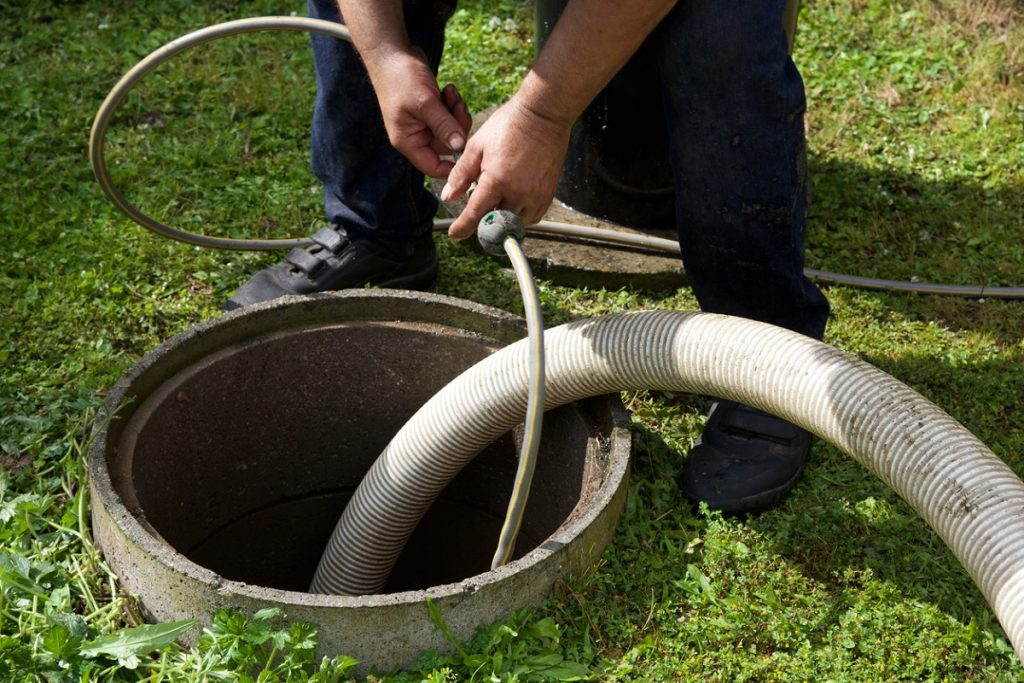Septic systems offer an alternative to city sewers for wastewater disposal. However, there are differences between septic plumbing and other plumbing systems that you need to know about. Understanding how septic systems work is essential to correctly diagnosing problems.
What’s in a Septic System?
Pipes from the home’s drain system empty into a sealed septic tank and, from there, run into a set of pipes known as leach pipes. When the waste empties into the septic tank, it separates and breaks down before being absorbed into the soil.
What Is a Septic Tank Made Of?
Septic tanks are large, made from concrete or fiberglass, and hold over 1,000 gallons of volume. There are two chambers in the tank divided by a half-wall. Solid waste settles inside the first chamber. Liquids pass over the half-wall into the second chamber. Liquid from this chamber travels through the leach pipes into the leach field.
What Happens in the First Chamber?
Solids begin to break down in the first chamber. A septic tank is an anaerobic chamber containing beneficial bacteria and enzymes. The bacteria and enzymes will break the solids down into liquids. New solids will displace these liquids. The displaced liquids will flow into the chamber once pushed over the wall.
What Happens in the Second Chamber?
The bacteria and enzymes break down the remaining solids, overflowing into the second chamber. The liquid will flow into the leach pipes when it reaches the same level as the drain. Once the liquid passes through the leach pipes, it will drain into the leach field.
How the Water Returns to Earth
The liquid that runs into the soil flows into the sand and soil. The sand and the soil will filter these liquids until they reach the water table. Having soil that allows proper drainage is essential to this process.
Are There Items You Cannot Flush With a Septic System?
Some items don’t break down in a septic tank and can cause problems. These items include dental floss, grease, wipes, and sanitary products.
If flushed into a Septic system, these items float above the other waste. If they enter the leach pipes, they will often cause clogs. Paint and other chemicals, like household cleaners, may kill beneficial bacteria in the tank. When the waste cannot break down, it may lead to a backup.
Understanding how septic systems work is crucial to keeping yours in working order. When you need septic services, feel free to contact Brown Aerobic Service Company in Houston, TX.

